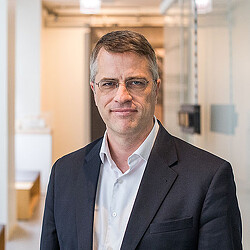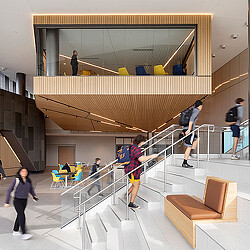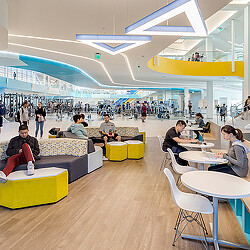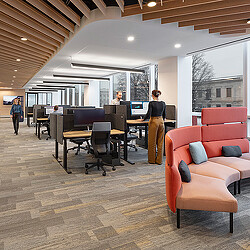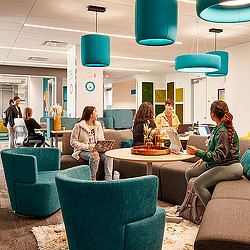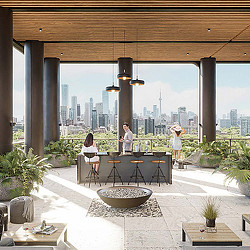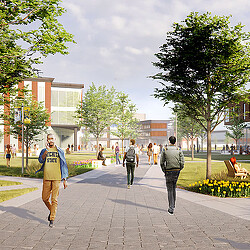The 18-Hour Campus: Strategies for Creating Vibrant, Round-the-Clock Hubs
Here are three strategies universities are adopting to create environments where students, faculty, and communities can engage throughout the day and night.
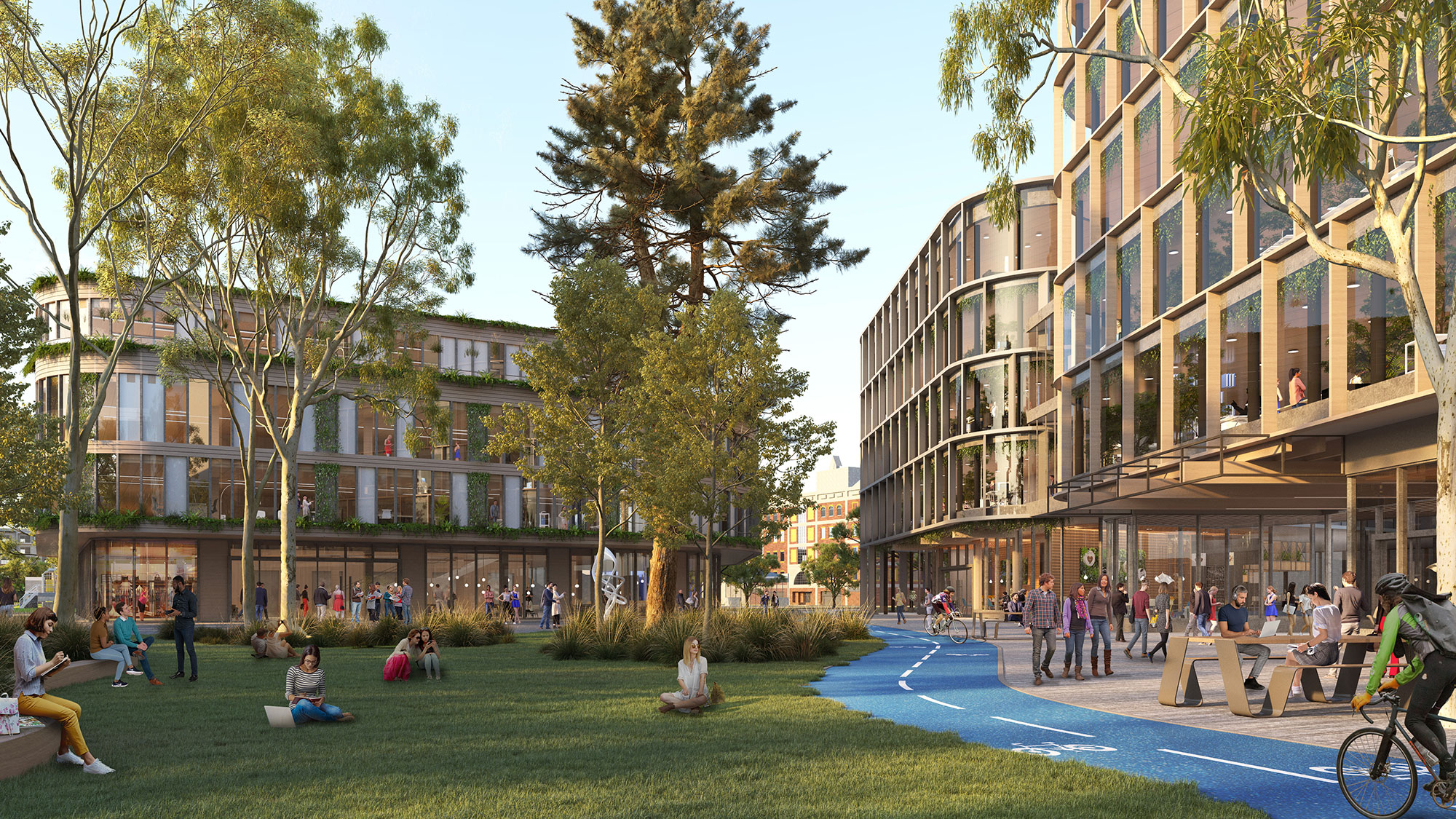
Campuses today are evolving to reflect the dynamic, around-the-clock lifestyles of modern students, faculty, and staff. The traditional 9-to-5 campus model no longer meets the expectations of a generation accustomed to the energy and flexibility of vibrant urban environments.
Just as mid-sized cities have reinvented themselves to support 18-hour activity — blending accessibility, amenities, and affordability — academic institutions are transforming into hubs of wellness, collaboration, and community.
This concept, dubbed the “18-hour campus,” extends engagement throughout the day and evening through dynamic environments and activations that encourage students, faculty, staff, and the community to connect and linger on campus beyond traditional class hours.
Strategies for Building 18-Hour Campuses
Building an 18-hour campus requires more than extended hours — it demands intentional design that integrates academic, social, and residential life. Universities are adopting three core strategies to create environments where students, faculty, and communities engage throughout the day and night.
1. Activate Campus Edges to Foster Engagement
Investing in mixed-use developments along campus borders strengthens campus-community connections. Retail, dining, and housing at these edges foster urban vitality, creating dynamic districts that serve both students and the broader community. Thoughtful placemaking ensures walkability, engagement, and long-term economic impact.
Case Study: Wichita State UniversityWichita State University’s master plan will transform the 17th Street corridor into a thriving mixed-use district. By integrating retail, dining, residential, and research facilities with pedestrian-friendly connections to Fairmount Park, WSU’s plan creates an 18-hour hub that engages both students and the surrounding community.

2. Integrate University Life Into Urban Districts
Some universities position satellite facilities or entire academic programs in city centers to foster collaboration and leverage urban amenities. This approach strengthens institutional ties with their urban environment, catalyzing revitalization efforts.
Case Study: University of TasmaniaBy transitioning from a suburban campus to multiple downtown Hobart sites, the University of Tasmania has created an integrated urban learning environment that enhances student engagement while contributing to the city’s vibrancy.
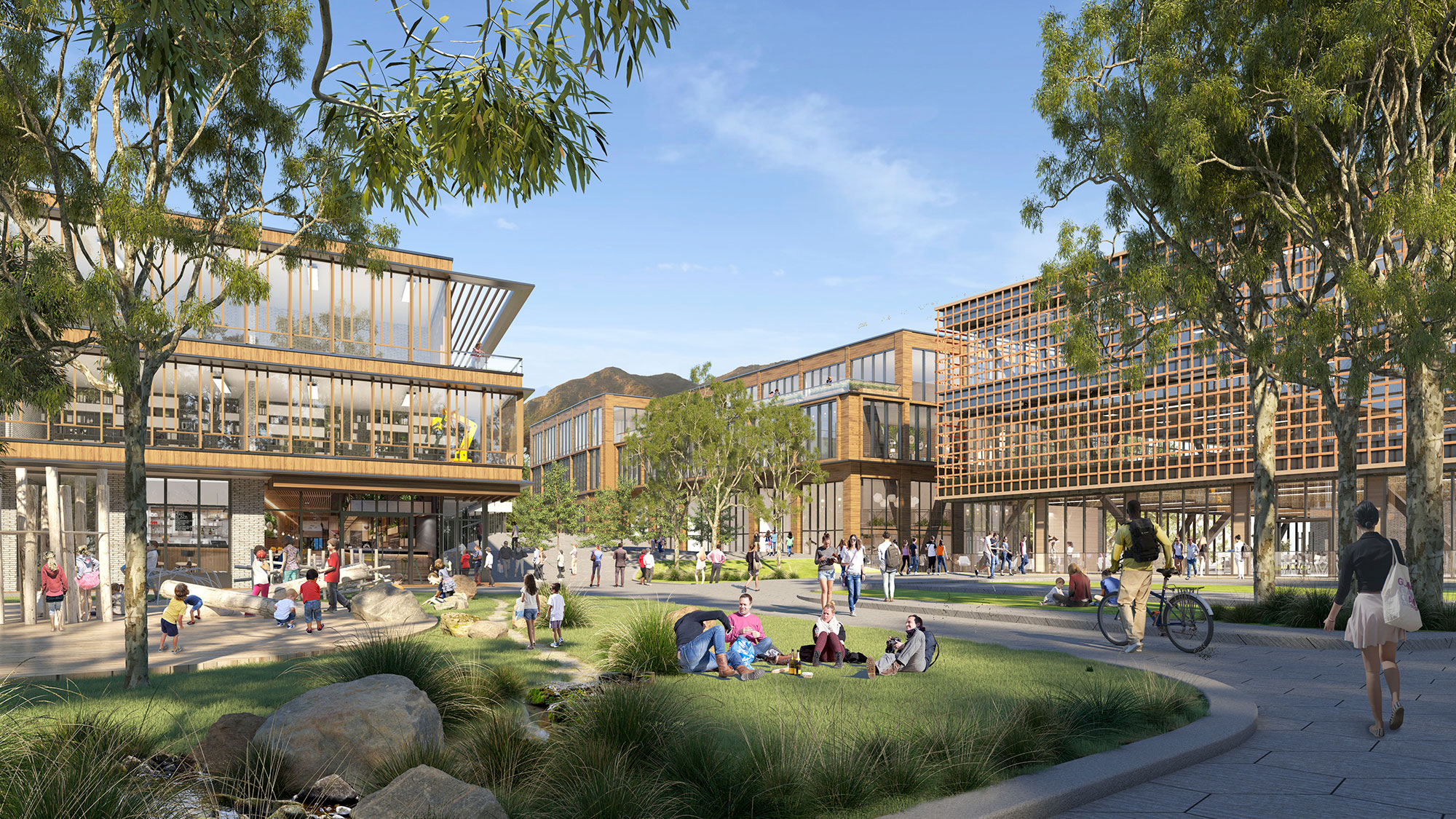
3. Repurpose Underutilized Campus Spaces
Transforming single-use or isolated areas into mixed-use hubs fosters ongoing activity and engagement. Universities are reimagining campus spaces to accommodate housing, research, and retail, ensuring a seamless blend of academic and social life.
Case Study: The Crossing at KUThe University of Kansas revitalized an underutilized portion of its west campus into a dynamic public-private research district. Featuring labs, residences, and retail, The Crossing at KU exemplifies how repurposed spaces can become innovation hubs that drive collaboration and continuous engagement.
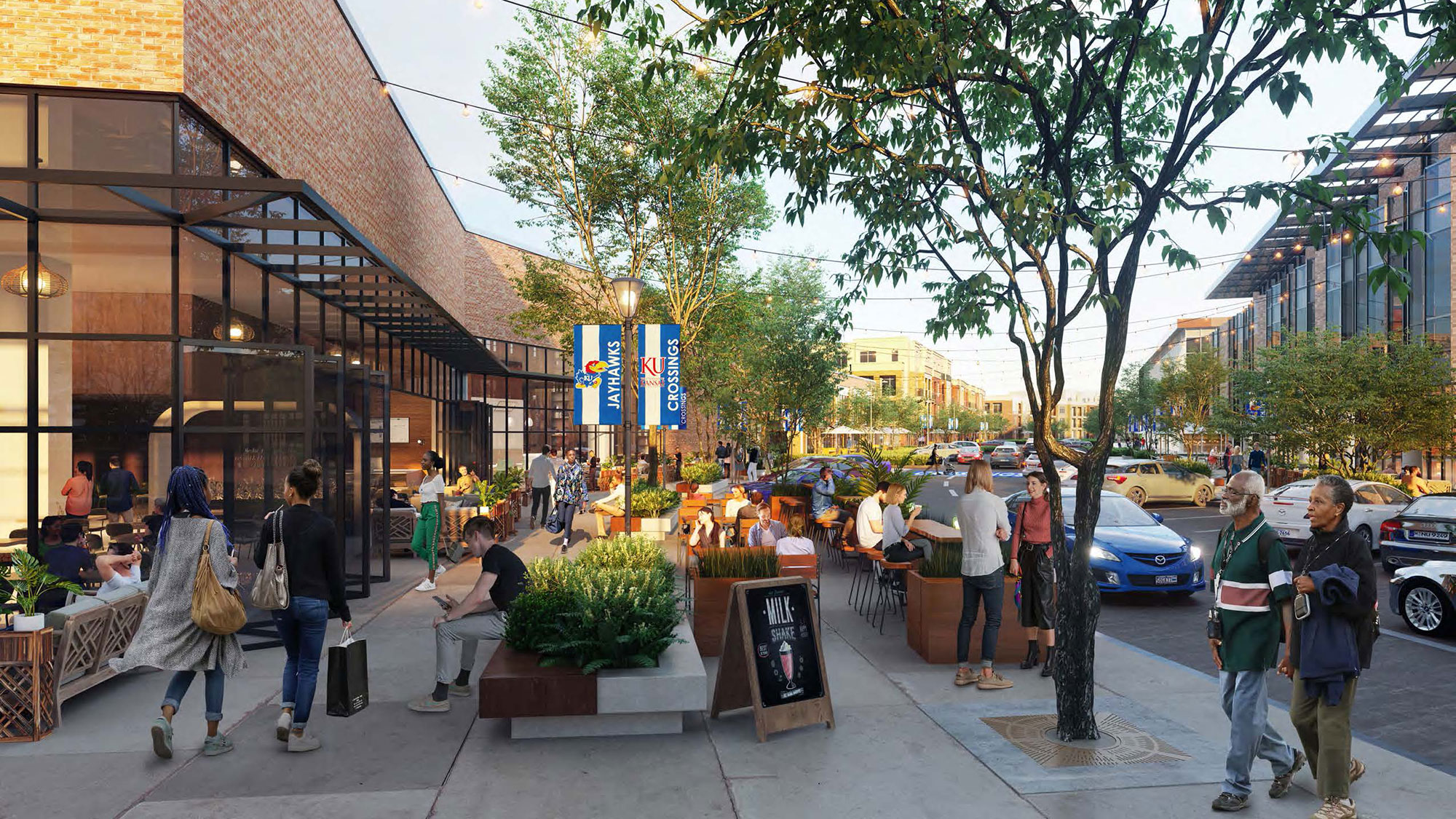
The Drivers Behind the 18-Hour Campus
These strategies are responses to larger shifts in student needs, evolving learning styles, and the growing role of campuses as community anchors. A closer look at these forces helps clarify why the 18-hour campus model is gaining traction.
Holistic Student Well-Being
A recent Gensler Research Institute survey of 2,500 U.S. students highlights a decline in students’ sense of belonging since the pandemic, reinforcing the need for campus spaces that promote social connection and wellness. The 18-hour campus addresses these needs through integrated, mixed-use hubs that foster interaction and provide continuous access to essential resources.
As students juggle academics, part-time jobs, and personal commitments, universities are extending facility hours and introducing adaptable wellness spaces that promote balance and resilience.
Experiential and Collaborative Learning
Students today seamlessly blend academic and social activities, thriving in spaces that support group work and hands-on learning beyond traditional hours. Universities are responding by integrating cafés, lounges, and maker spaces into academic buildings — extending the usefulness of these environments into evenings and weekends.
Growing demand for hybrid and flexible learning further underscores this trend. Adaptable, mixed-use campus spaces support round-the-clock project development, reinforcing student engagement and collaboration.

Campus as a Community Hub
Modern campuses are transforming into vibrant, mixed-use destinations that integrate residential, retail, and research functions. Public-private partnerships and collaborations with cultural institutions infuse energy into these spaces, making them dynamic hubs for both students and surrounding communities.
A recent Urban Land Institute (ULI) report highlights the role of universities as growing economic anchors, with increasing demand for mixed-use districts that drive student engagement and support local economies.

Looking Ahead
The 18-hour campus is no longer an emerging trend — it’s a necessity. Universities that embrace this model will not only attract and retain students but also strengthen their economic and cultural role within their communities.
By repurposing spaces, integrating cultural anchors, and strengthening connections with local communities, institutions can create vibrant, inclusive, and sustainable environments. Investments in mobility, workforce development, and public programming further reinforce campuses as dynamic centers of learning, innovation, and engagement.
The evolution of 18-hour campuses reflects a broader need for flexible schedules, dynamic learning environments, and meaningful community connections. By prioritizing student well-being, fostering experiential learning, and leveraging partnerships, universities are redefining their role as essential hubs of activity and purpose.
For media inquiries, email .
